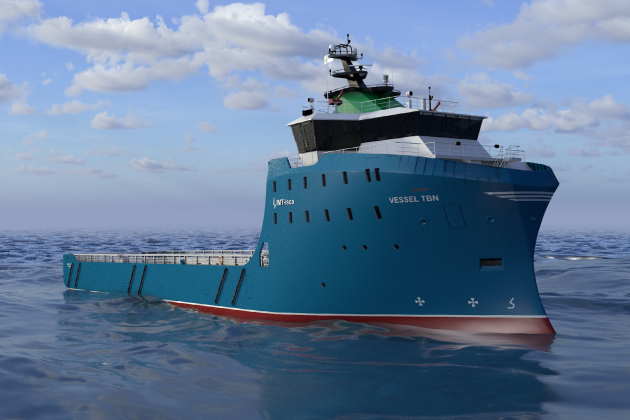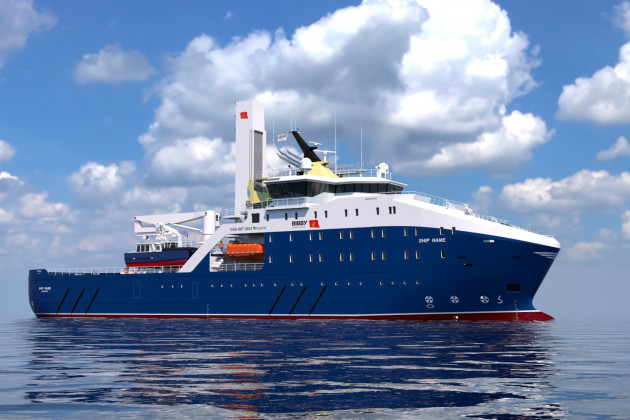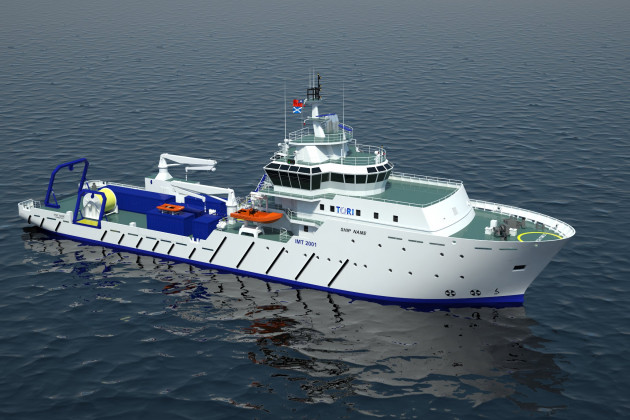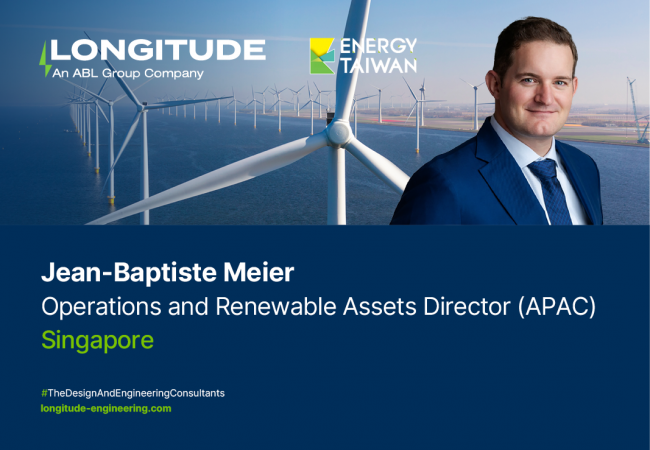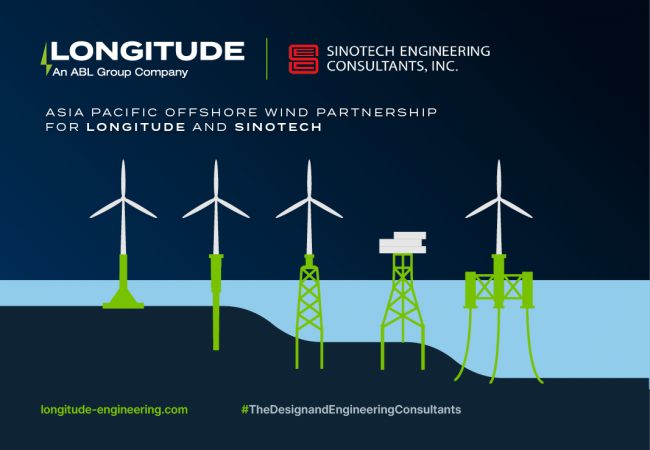In today’s rapidly evolving maritime industry, the need for future-proofing in ship design has never been more critical. Maritime and marine markets face numerous challenges, from the IMO’s Net-Zero framework to volatile energy markets and a drive for digitalisation. These factors fan the flames of operational uncertainty in ships, increasing fuel prices, and raising doubts around the long-term financial feasibility of an asset. Future-proofing considerations are, therefore, paramount in any ship design today.
With clean shipping technology still in its infancy, the risk of uncertainty in innovative ship designs is high. This can impact financial appetite, accelerated research and development (R&D), and, of course, the availability of stringent regulatory policy to move the dial on meaningful action.
At Longitude, we understand that a vessel is not just a piece of engineering—it’s a long-term investment. Owners and investors naturally seek assurance that their assets will remain viable, competitive, and compliant for decades to come. But how do we design for a future that is still being written?
The Challenge of Uncertainty
One of the most pressing challenges in ship design today is the uncertainty surrounding future fuels. While the industry has made strides in exploring alternatives, such as LNG, methanol, ammonia, and hydrogen, there is still no clear winner, especially for vessels engaged in global trade. This ambiguity places a heavy burden on today’s decision-makers, who must commit to specifications that may not align with tomorrow’s standards.
In some cases, the uncertainty runs even deeper. For certain vessel segments, owners are questioning whether their entire trade model will remain relevant in 20 years. This existential doubt makes the case for adaptable, resilient design even more compelling.
The Opportunity in Good Design
At Longitude, we believe in designing vessels that are efficient, adaptable, and commercially viable across a range of possible futures. Here’s how we do it:
- Maximizing Efficiency: Regardless of which fuel ultimately dominates, a vessel that consumes less energy will always be more competitive. We focus on incremental improvements across all onboard systems, from propulsion to auxiliary machinery.
- Designing for Flexibility: Flexibility is the cornerstone of future-proofing. Our ships are designed with the potential for future modifications, whether that means retrofitting new fuel systems, upgrading digital infrastructure, or reconfiguring cargo spaces.
- Focusing on Commercial Attractiveness: A vessel’s success is measured by its utilisation and charter rates. We design ships that are attractive to charterers due to their efficiency, flexibility, and operational capabilities.
- IMT-ISCA G-Flex – the next generation of the OSD-IMT G-Class.
- The world’s 1st zero-emissions eSOV designed with Bibby Marine.
- OSD-IMT2003 – an example of Longitude’s versatile designs for research vessels.
Innovating for the Future
Future-proofing is not about predicting the future with certainty. It’s about designing with uncertainty in mind—creating vessels that are ready for the challenges of tomorrow. At Longitude, we see this as an opportunity to innovate and lead.
As the maritime industry continues to evolve, we remain committed to helping our clients navigate complexity with confidence. Our designs are not only fit for purpose today but are also sustainable for the future.
Find out more about Longitude’s work in Ship Design for the future
Discover examples of Longitude’s flexible ship designs:
This blog is written by Duncan Grigg – Longitude’s Product Lead for Maritime Design. Contact Duncan to learn more.


